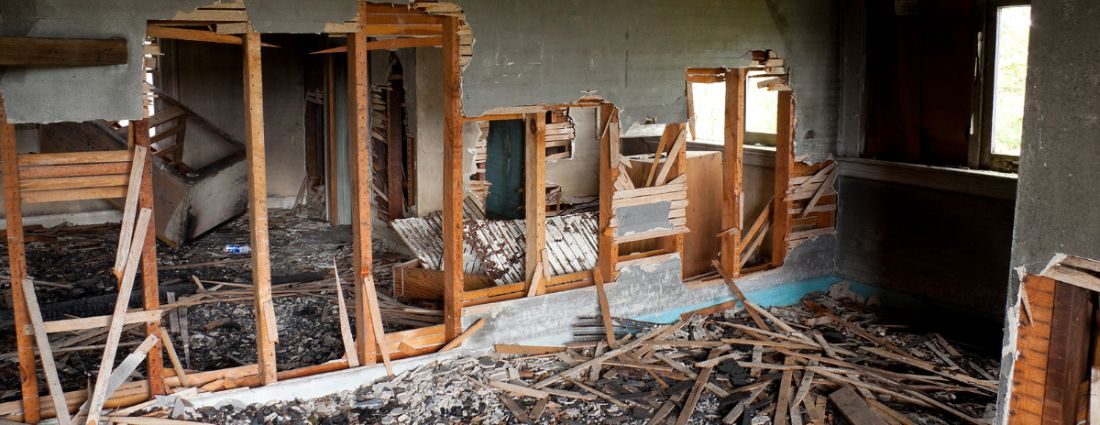Did you know that even a small amount of soot can be very harmful? Its tiny particles can go deep into your lungs. These particles come from burning things like wood, oil, and coal.
They carry toxic stuff like acids, chemicals, and metals. If you breathe in soot, you could get very sick. It’s important to clean up soot right away to avoid serious health problems.
These problems can include breathing issues, bronchitis, asthma, heart disease, and even cancer. So, it’s key to get rid of soot quickly.
Key Takeaways
- Soot contains fine particles that can cause respiratory irritation and distress when inhaled.
- Prolonged exposure to soot can lead to severe respiratory conditions, including asthma and bronchitis.
- Toxic substances in soot increase health risks, regardless of the quantity present.
- Immediate removal of soot-contaminated areas is crucial to prevent long-term health issues.
- Safety measures like wearing NIOSH-certified masks and using HEPA filters can help reduce soot exposure.
- Children, pets, and individuals with pre-existing health conditions should avoid ash and soot cleanup activities.
- Proper home cleaning techniques can significantly reduce exposure to harmful particles and chemicals in soot.
The Composition and Spread of Soot
Soot is mainly carbon particles mixed with acidic compounds from chemicals and metals. These elements can corrode materials and harm indoor air quality. Soot comes from fires, fossil fuels, candles, and unventilated fireplaces.
It spreads quickly in a property, affecting almost every area if not treated fast.
Inhaling soot is dangerous because it can enter the body through breathing, eating, or touching. People like infants, the elderly, and those with breathing problems are at high risk. Long-term exposure can cause asthma, bronchitis, heart disease, and even cancer.
Soot isn’t just a problem indoors. Outdoor activities also release it, harming the environment. The burning of wood, oil, coal, and other fuels creates soot. Quick action is needed to clean up soot, using methods like air scrubbing and thermal fogging.
Companies like Disaster Kleenup Specialists offer services to clean up fires, water damage, mold, and biohazards. Proper cleanup is essential to reduce health risks from soot.
The Health Risks of Breathing in Soot
Breathing in soot poses serious health risks. Soot particles, from burning materials like wood and plastic, are tiny and can easily get into our lungs. They can cause irritation in the respiratory system and even trigger asthma attacks.
Long-term exposure can lead to more serious conditions. These include bronchitis and chronic respiratory diseases. It’s alarming that about 60,000 people in the U.S. die each year from soot exposure.
These particles are not just carbon. They also contain acids, chemicals, metals, and dust. These can deeply penetrate our lungs, enter the bloodstream, and cause widespread health problems. This can worsen asthma, cause bronchitis, and lead to severe respiratory illnesses.
People like chimney sweeps, who are often exposed to soot, face a higher risk of lung, bladder, and esophageal cancers. The small size of soot particles makes them hard to detect and clean. This contributes to the health risks. After house fires, soot can settle on surfaces, worsening indoor air quality.
- Soot contamination can severely impair indoor air quality, leading to health risks of breathing in soot.
- Household sources, including house fires and poor fireplace ventilation, are common contributors to indoor soot buildup.
- Inhaling these particles can lead to breathing issues, aggravating existing conditions like asthma and causing bronchitis.
Given these significant risks, it’s vital to get professional help right away. Proper cleaning, using personal protective equipment (PPE), is key to ensuring a safe living space after exposure.
Safety Measures and Remediation Techniques
Wearing personal protective equipment (PPE) is key to safety after soot exposure. Homeowners should use gloves, masks, and eyewear to protect themselves. It’s important to know how to avoid inhaling soot, as it can harm health.
Fire damage often leads to soot, causing stains, poor air quality, and weakened structures. Cleaning soot requires a detailed plan. This includes using special tools like soot sponges and HEPA vacuum cleaners.
Professional services are often needed to handle soot safely. They use methods like air scrubbing and thermal fogging to clean the air. These techniques help avoid health problems like asthma and cancer.
For big soot damage, acting fast is crucial. Getting help from experts is important. They ensure a thorough clean and keep everyone safe.
Conclusion
It’s important to know how serious soot exposure can be. Taking action quickly is key for health and property safety. Soot can make surfaces look yellow or brown and smell bad, affecting air quality.
Being around soot can lead to breathing problems, eye and skin issues, headaches, and even cancer risks. The gas from burning fuels, carbon monoxide, is very dangerous. It can cause headaches, dizziness, and even death. So, finding ways to deal with soot is crucial for our health and homes.
Services that remove smoke are vital for fixing damaged areas. They use special tools to get rid of soot before fixing things. They also use strong cleaners to get rid of bad smells. This helps avoid long-term health problems like breathing issues and asthma.
Knowing about soot dangers and keeping up with maintenance is important. By acting early and getting help when needed, we can make our homes safer. This helps us stay healthy and feel better overall.

